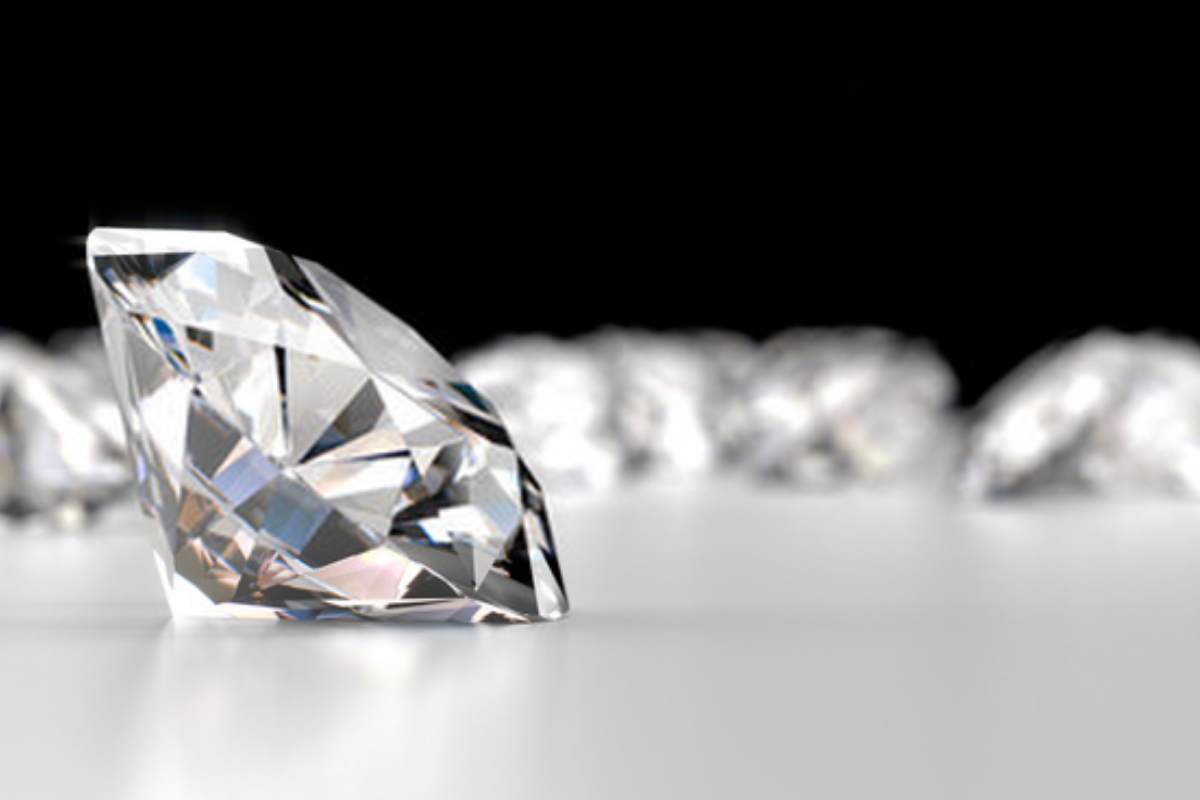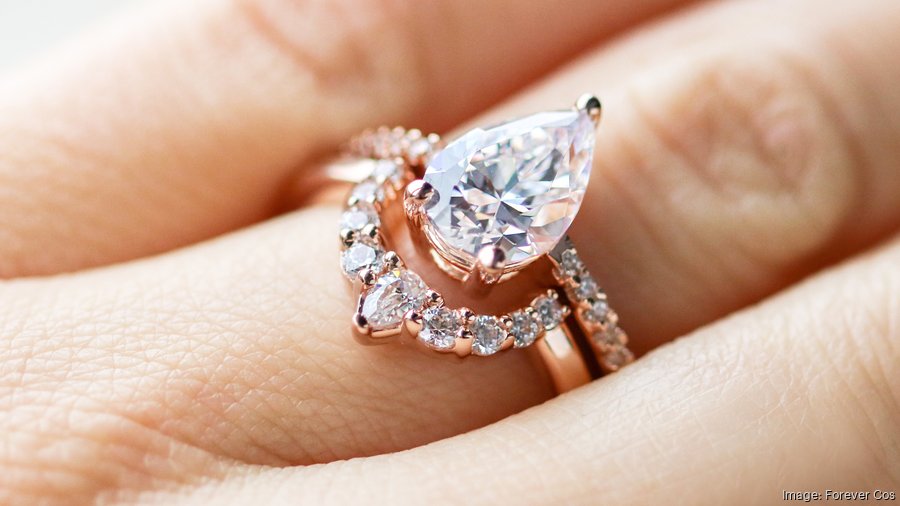Diamonds have long been a symbol of luxury, romance, and commitment. For centuries, natural diamonds have been the benchmark for precious gemstones. However, lab-grown diamonds have gained significant traction in recent years, offering an alternative to traditional mined diamonds. This article explores why lab-grown diamonds are often considered better and why they represent the future of the diamond industry.
1. Ethical and Environmental Considerations
One of the most compelling reasons why lab-grown diamonds are better is their ethical and environmental impact. Traditional diamond mining is often associated with human rights violations, child labor, and unsafe working conditions. Additionally, the environmental damage from mining is extensive, with deforestation, soil erosion, and habitat destruction among the negative outcomes.
Why are Lab Grown Diamonds Better, on the other hand, are created in controlled environments, eliminating the need for destructive mining practices. They require fewer resources and generate less waste and pollution. By choosing lab-grown diamonds, consumers can enjoy the beauty of diamonds without contributing to harmful practices.
2. Quality and Purity
Lab-grown diamonds are virtually identical to natural diamonds in terms of chemical composition and physical structure. They are composed of pure carbon, just like mined diamonds, and exhibit the same optical properties. This means they have the same hardness, brilliance, and sparkle that makes diamonds so desirable.
Moreover, because lab-grown diamonds are created in a controlled environment, they often have fewer impurities and inclusions than their natural counterparts. This can result in higher clarity and better overall quality, allowing consumers to purchase superior diamonds at a lower cost.
3. Cost-Effectiveness
Lab-grown diamonds are generally more affordable than mined diamonds, often costing 20% to 40% less. This price difference is due to the reduced overhead costs associated with lab-grown production. There is no need for extensive mining operations, transportation, and the myriad other expenses tied to extracting diamonds from the earth.
This cost-effectiveness makes lab-grown diamonds an attractive option for consumers who want a high-quality diamond without breaking the bank. It also allows for more flexibility in choosing larger stones or unique cuts that might be prohibitively expensive with natural diamonds.
4. Customization and Innovation
The technology behind lab-grown diamonds allows for greater customization and innovation in the diamond industry. Since the diamonds are created in a controlled environment, specific characteristics like size, color, and shape can be tailored to meet individual preferences. This opens up new possibilities for unique and innovative designs that might not be feasible with natural diamonds.
Additionally, lab-grown diamonds can be produced with colored hues, expanding the range of creative options for jewelry designers and consumers alike. This flexibility enables a broader spectrum of choices, appealing to a more diverse market.
5. Traceability and Transparency
Lab-grown diamonds offer greater traceability and transparency compared to mined diamonds. With traditional diamonds, it’s often difficult to trace the stone’s journey from the mine to the consumer lab created diamonds, leading to concerns about ethical sourcing and the presence of “blood diamonds.”
In contrast, lab-grown diamonds have a clear and verifiable origin, providing consumers with peace of mind. This traceability enhances trust in the product and aligns with the growing demand for ethical and sustainable sourcing in the jewelry industry.
Conclusion
Lab-grown diamonds represent a modern, ethical, and cost-effective alternative to traditional mined diamonds. With their lower environmental impact, reduced cost, superior quality, and customizable options, they are an increasingly attractive choice for consumers. As technology continues to advance, the case for lab-grown diamonds only becomes stronger, heralding a new era in the diamond industry that is both sustainable and innovative.




